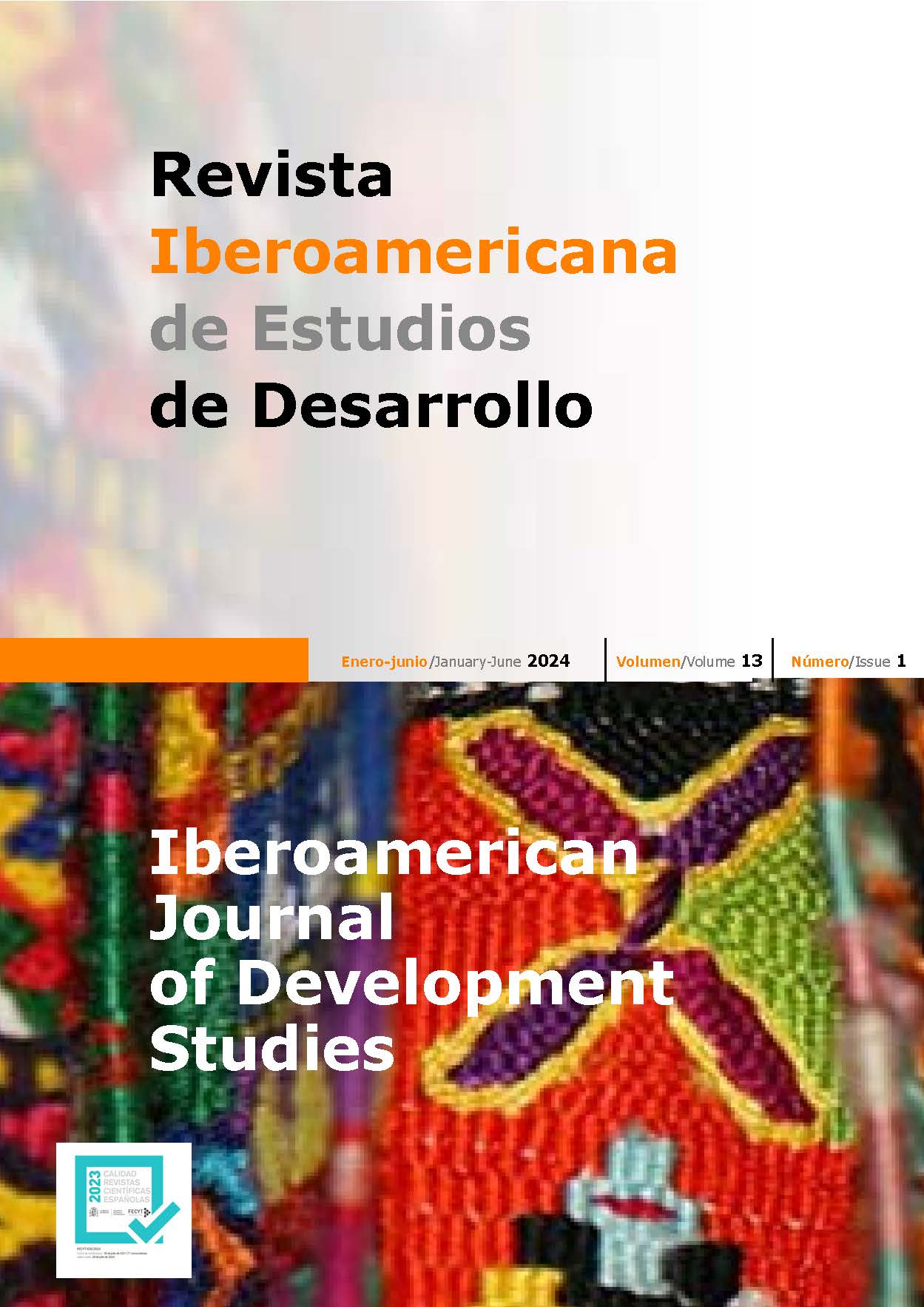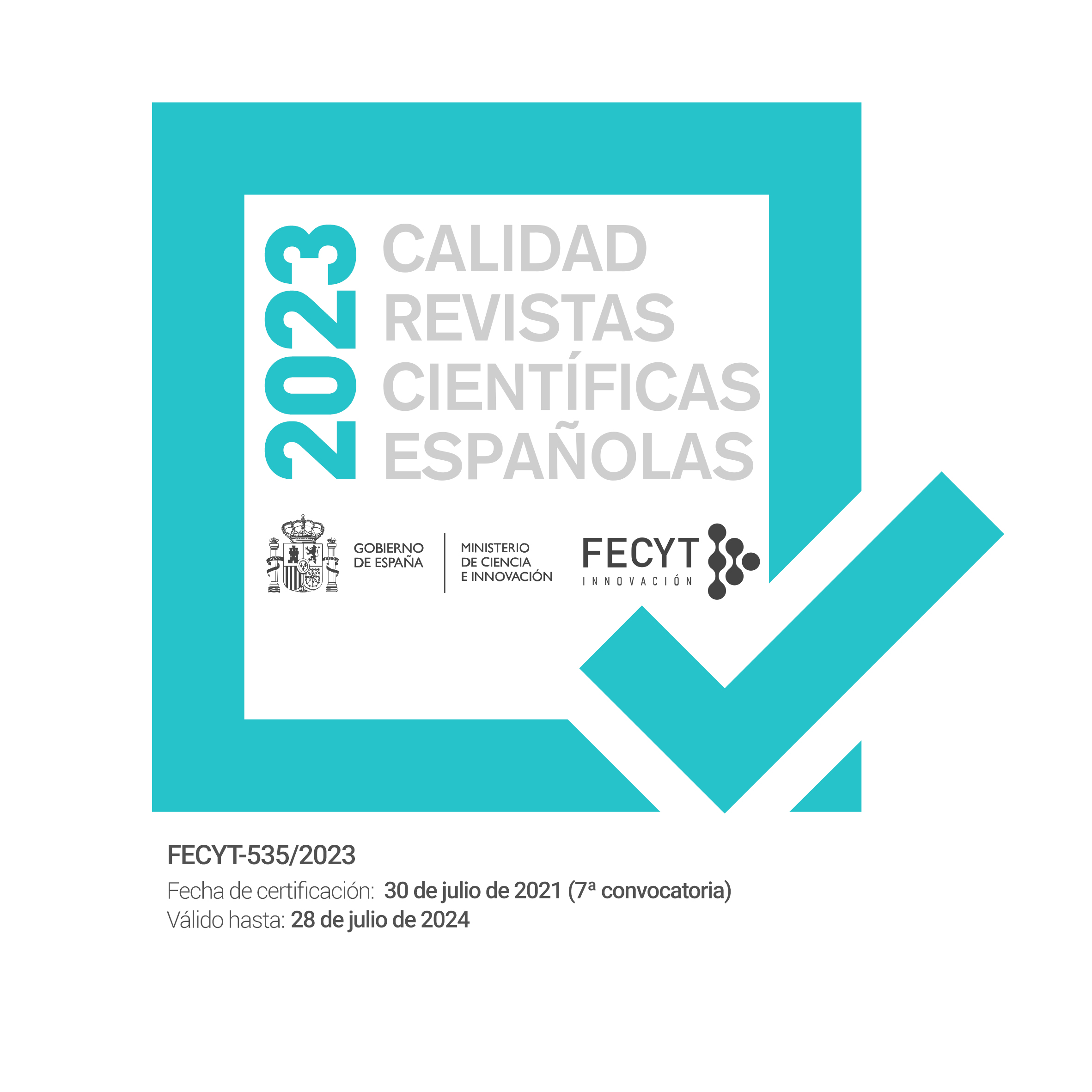Property without law?: why land titling and adverse possession do not solve the problem of informal property
DOI:
https://doi.org/10.26754/ojs_ried/ijds.908Keywords:
property, formalization, land titling, adverse possessionAbstract
It is common to find «informal ownership» in Latin America in the context of illegal takings. Human settlements in Peru, favelas in Brazil, or camps in Chile, in all cases, a group of people builds land rights outside the law. Although this phenomenon has been analyzed many times from an economic perspective, mostly proposing the granting of property titles as a solution, the review of the Peruvian case shows its ineffectiveness. In 1982, 53.54 % of the houses in Peru had property titles; however, after almost forty years and multiple land titling laws, in 2017 this percentage dropped to 50.65 %. Moreover, between 2001 and 2018, 46 % of new housing was built upon informal property through illegal takings. The present investigation proposes another view from the legal perspective, investigating on the traditional civil institution of the adverse possession, and offering a refocus to the problem.
Downloads
References
ARRIBAS G (2018). The Fog Catchers: The Rise of Property beyond the Cost-Benefit Approach. University of Denver Water Law Review 21:237-265.
ARRIBAS G (2022). The Crossing Paths: A Property Account of Social Unrest in Peruvian Mining. Tesis doctoral. Yale Law School.
ARRIBAS G, ERICK L (2011). Acerca de la Prescripción Adquisitiva: ¿saliendo de la caverna? Themis Revista de Derecho 60:149-166.
AVENDAÑO VALDEZ J (2011). Derechos reales. Themis Revista de Derecho 60:77-83.
BASADRE J (1945). Historia del Derecho Peruano. Editorial Universitaria, Lima.
BULLARD A (1987). La prescripción adquisitiva y la prueba de la propiedad. Themis Revista de Derecho 7:76-80.
CALABRESI G, MELAMED D (1972). Property Rules, Liability Rules, and Inalienability: One View of the Cathedral. Harvard Law Review 85:1089-1128.
CALDERÓN J (2019). El Estado y la informalidad urbana. Pluriversidad 3:45-64.
CALDERÓN J (2022). Hacia una Definición Sociológica de la Informalidad Urbana. En: Pírez P, Rodríguez MC (eds.). Las políticas neoliberales y la ciudad en América Latina: desafíos teóricos y políticos. Universidad de Buenos Aires, Buenos Aires, pp 213-230.
CALDERÓN J, VALENCIA I, CAMPOS E (2023). De invasores a compradores. Mercantilización del suelo en la Lima popular del siglo XXI. Territorios 49:1-26.
CASTRO M, RIOFRIO G (2013). La Regularización de las Barriadas: El caso de Villa el Salvador. En: Azuela A, Tomas F (coords.). El acceso de los pobres al suelo urbano. Centro de Estudios Mexicanos y Centroamericanos: 45-88.
COASE R (1960). The Problem of Social Cost. The Journal of Law & Economics 3:1-44.
COOTER R, ULEN T (1998). Derecho y Economía. Fondo de Cultura y Economía, México DF.
DE SOTO H (1986). El Otro Sendero. Editorial el Barranco, Lima.
DE SOTO H (2000). The Mystery of the Capital: Why Capitalism Triumphs in the West and Fails Everywhere Else. Basic Books, Nueva York.
DEMSETZ H (1967). Toward a Theory of Property Rights. The American Economic Review, vol. 57, 2:347-359.
ELLICKSON R (1991). Order Without Law: How Neighbors Settle Disputes. Harvard University Press, Cambridge.
ELLICKSON R (1993). Property in Land. Yale Law Journal 102:1315-1400.
ERLICHMAN H (2010). Conquest, Tribute, and Trade. Prometheus Books, Búfalo.
ESPINOZA Á, FORT R (2020). Mapeo y Tipología de la Expansión Urbana en el Perú. Grupo de Análisis para el Desarrollo, Lima.
GONZALES G (2010). La usucapión: fundamentos de la prescripción adquisitiva de dominio. Gaceta Jurídica, Lima.
HARDIN G (1968). The Tragedy of the Commons. Science, vol. 162:1243-1248.
HENRI L, MAZEUD J (1960). Lecciones de derecho civil. Ejea, Buenos Aires.
HOBBES T (1651). Leviatán. Penguin Books, Londres.
HUME D (1740). Tratado de la naturaleza humana. Talleres Calpe, Madrid.
INEI (INSTITUTO NACIONAL DE ESTADÍSTICAS E INFORMÁTICA) (1982). La Vivienda Informal. http://proyectos.inei.gob.pe/web/biblioineipub/bancopub/Est/Lib0166/c151.HTM, acceso 30 de agosto de 2023.
INEI (INSTITUTO NACIONAL DE ESTADÍSTICA E INFORMÁTICA) (2016). Perú: Síntesis Estadística 2016 Resumen estadístico. INEI, Lima.
INEI (INSTITUTO NACIONAL DE ESTADÍSTICA E INFORMÁTICA) (2018). Estadística e Informática, Perú: Perfil Sociodemográfico, Informe Nacional, Censos Nacionales 2017. INEI, Lima.
JOHNSON D (2007). Reflections on the Bundle of Rights. Vermont Law Review 32:247-272.
KRIER JE (2009). Evolutionary Theory and the Origins of Property Rights. Cornell Law Review 95:139-159.
LIEBCAP GD (1989). Contracting for Property Rights. Cambridge University Press, Cambridge.
LOCKE J (1690). Two Treatises of Government. Cambridge University Press, Cambridge.
LUNA VICTORIA LEÓN C (1988). Codigo Civil de 1852: lo nacional y lo importado. Derecho PUCP 42:73-100.
MAISCH VON HUMBOLDT L (1985a). Exposición de Motivos del Código Civil de 1984. Los derechos Reales. Industria Avanzada, Lima.
MAISCH VON HUMBOLDT L (1985b). Los Derechos Reales en el nuevo Código Civil Peruano, 1984. Themis Revista de Derecho 2:15-17.
MARX C, KELLING E (2019). Knowing urban informalities. Urban Studies 56(3):494-509.
MATOS MAR J (1984). Desborde Popular y Crisis del Estado. Instituto de Estudios Peruanos, Lima.
MAUSS M (1950). The Gift. WW Norton & Company, Nueva York.
ORTOLAN M (1847). Explicación histórica de las Instituciones del Emperador Justiniano. En: Instituciones de Justiniano (2004). Editorial Cuzco, Lima.
OSTROM E (1990). Governing the Commons: The Evolution of Institutions for Collective Action. Cambridge University Press, Cambridge.
ROCA LIZARZABURU LF, AVENDAÑO VALDEZ J (2014). Código Civil y Reforma en el Perú: Un repaso histórico. Entrevista a Jorge Avendaño Valdez. Themis Revista de Derecho 66:15-18.
ROSAS F (2009). Breve historia general de los peruanos. Edición el Lector, Lima.
ROSE C (1999). What Governments Can do for Property (and Vice Versa). En: Mercuro N, Samuels WJ (eds.). The Fundamental Interrelationships between Government and Property, Routledge, Nueva York, pp. 209-222.
ROY A (2005). Urban Informality: Toward an Epistemology of Planning. Journal of the American Planning Association 71(2):147-158.
RUBIO M (2004). El Sistema Jurídico: Introducción al Derecho. Fondo Editorial de la PUCP, Lima.
SCHUMACHER EF (1989). Small is Beautiful: Economics as if People Mattered. First Perennial Library ed., Nueva York.
SMITH HE (2002). Exclusion Versus Governance: Two Strategies for Delineating Property Rights. Journal of Legal Studies 31:453-487.
WEBB R, BEUERMANN D, REVILLA C (2006). La Construcción del Derecho de Propiedad. Colegio de Notarios de Lima, Lima.
Downloads
Published
How to Cite
Issue
Section
License
Copyright (c) 2024 Guillermo Arribas

This work is licensed under a Creative Commons Attribution-NonCommercial-NoDerivatives 4.0 International License.








